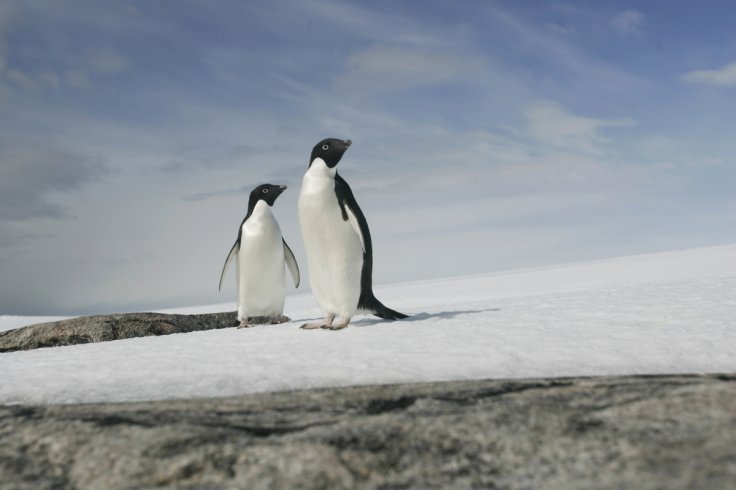Experts believe that giant penguins, as large as humans once lived on earth. However, in the modern world, the penguin population is mainly confined to Antarctica, and now, they are not the giant birds that lived in the pre-historic ages, but petite, tuxedo-sporting creatures.
In a quest to unveil the mystery behind this evolution, a team of scientists has now discovered the fossils of a new penguin that apparently acted as a missing link between modern penguins and the ones that lived alongside dinosaurs.
Penguins that lived after dinosaurs

Scientists have named these new penguin species, 'Kupoupou stilwelli'. Interestingly, these had the same size as their modern counterparts. The study report published in the journal Palaeontologia Electronica suggests that these penguins also had proportionally shorter legs than some other earlier penguins. The fossils of this penguin species were discovered in a remote area on the Chatham Islands near New Zealand's South Island.
Even though the discovery was made long back during excavations between 2006 and 2011, scientists have just confirmed that these fossils belonged to a penguin species that lived after the extinction of dinosaurs. As per researchers, these penguins lived around 60 to 62.5 million years ago, and experts suggest that the mass extinction event that wiped out dinosaurs from the earth's surface happened around 66 million years ago.
Oceans were tropical and subtropical
It should be noted that the oceans were tropical and subtropical during those times, and there was no polar ice cap at the south pole. However, just like modern penguins, these ancient creatures also loved to spend more time underwater.
"Next to its colossal human-sized cousins, including the recently described monster penguin Crossvallia waiparensis, Kupoupou was comparatively small -- no bigger than modern King Penguins, which stand just under 1.1 meters tall. Kupoupou also had proportionally shorter legs than some other early fossil penguins. In this respect, it was more like the penguins of today, meaning it would have waddled on land," said Jacob Blokland, a PhD palaeontology candidate at Flinders University and the lead author of the study, CNN reports.
The discovery of tiny dinosaur
A few months back, a team of researchers at the Academy of Sciences had discovered a very tiny dinosaur from northeastern China. This little dinosaur had bat-like wings, it apparently lived around 163 million years ago.
Experts believe that this tiny dinosaur might have flown across the skies during the Jurassic era. Interestingly, these dinosaur birds weighed just over 300 kilograms, and experts argue that this creature is an evidence which substantiates the evolution adaptability of dinosaurs into different structures to become volant.








